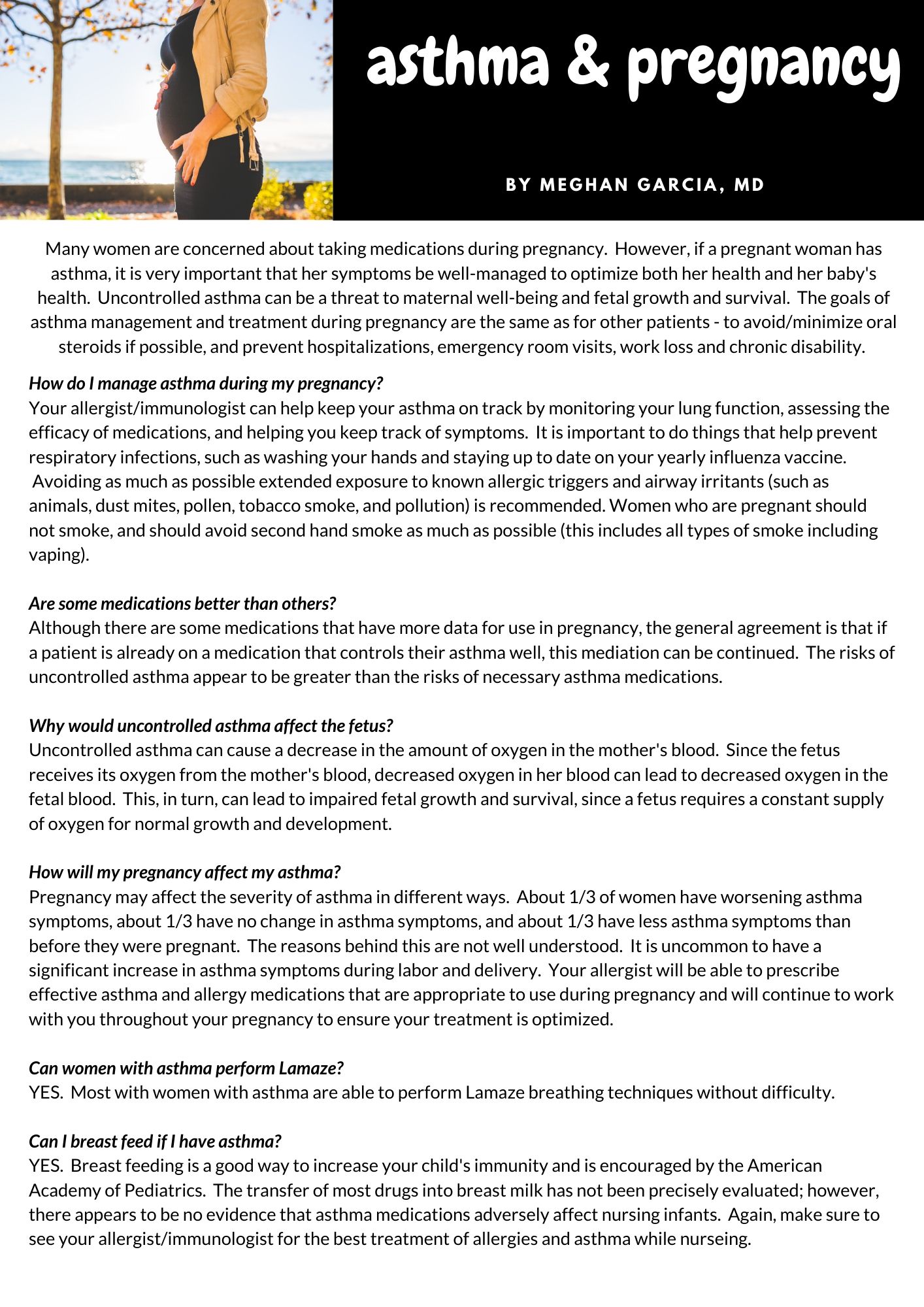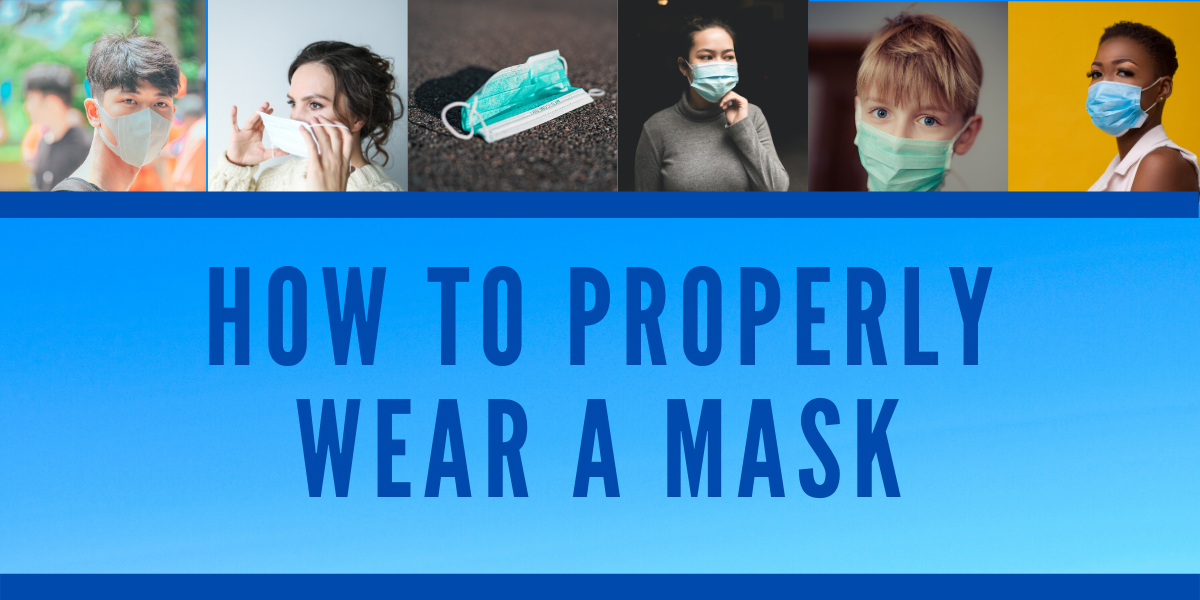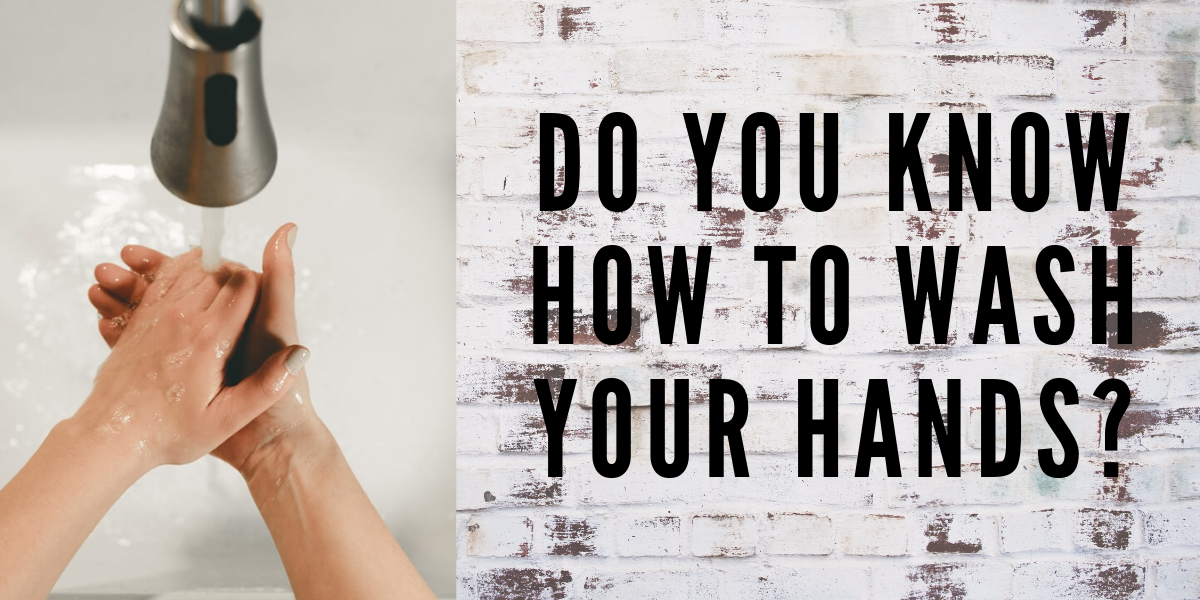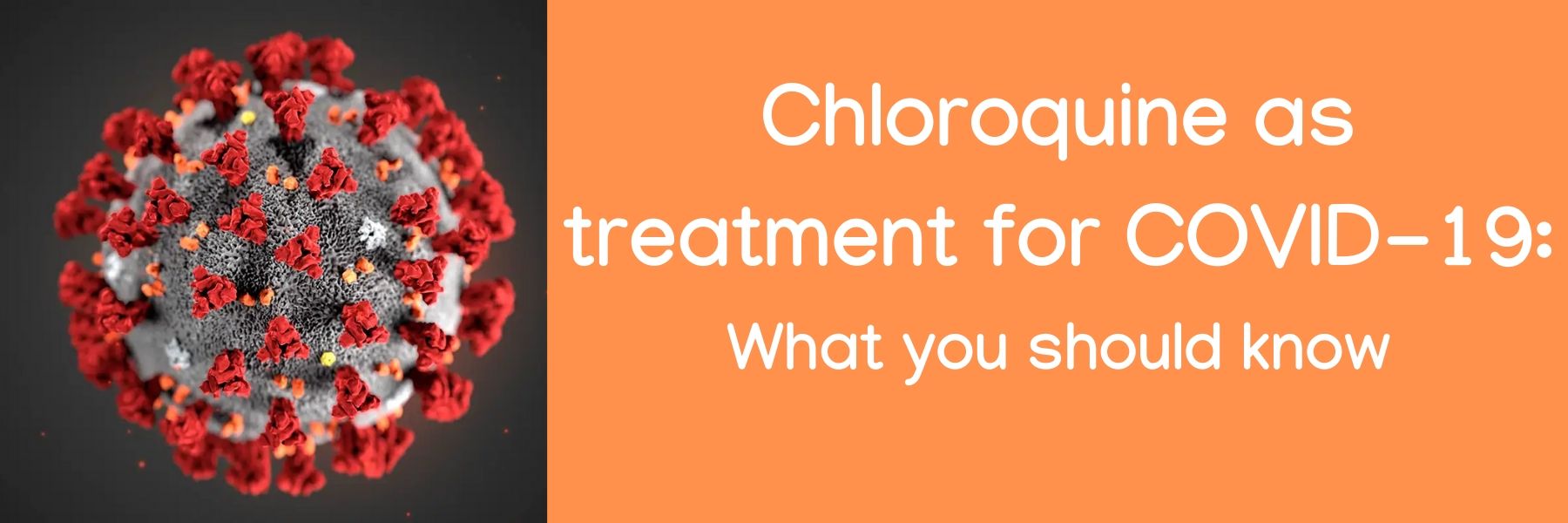

You have no doubt been following the developments on COVID-19, and you may have some questions about what to do if you are experiencing symptoms of illness. We hope this information helps to clarify some questions you may have.
At this point in time, testing is not easily available to the community. Therefore, we cannot always test every person having respiratory symptoms for COVID-19. If you are experiencing any symptoms of infection, you must assume that the symptoms could be related to COVID-19. Symptoms can start from 2-14 days after exposure to the virus. Symptoms may include:
Some patients experience more mild symptoms that can be treated/monitored at home. If you have an underlying chronic lung disease such as asthma, it is important to take your medications as directed by your doctor. You can contact your doctor to let them know you are sick, and decide if any other treatments are needed. At AACPC we would welcome you to make a telemedicine visit so your symptoms and concerns can be discussed via video chat from the safety of your home. It is best to stay out of the doctor’s office to avoid exposing other people to illness.
There may be instances where a higher level of evaluation and care is needed than what you can do at home. In these cases, we recommend that you go to the ER, or call 911 if you are unable to have somebody drive you (or if it is a more urgent emergency). You should alert the medical team as soon you come into contact with them that you are having respiratory symptoms so they can use the proper precautions. Symptoms for which you should seek medical attention include:
There have been some reports of other less common symptoms that may be related to COVID-19 infection. If you or a family member experiences any of these symptoms, please call your primary care doctor to discuss further:
If you have symptoms of illness, you should only leave the home for emergencies. Let somebody else do the grocery shopping. Isolate yourself as much as possible from other household contacts and pets. Use a separate bathroom if possible. If you have to interact with anybody in your home, wear a mask. Try to get plenty of rest, but please try to change position often and avoid spending a lot of time lying flat on your back. Most patients with respiratory illnesses feel best when they change position often (every 30 min to 2 hours). Try lying on your sides, stomach, and sitting up or at a slight incline. This may help keep the air sacs in your lungs open. Monitor your symptoms (such as taking your temperature). Wash your hands often. Do not share dishes or utensils with other family members, and wash used dishes in the dishwasher, or thoroughly with soap and water. Clean all surfaces regularly. See this handout from the CDC, which outlines several of these points.
https://www.cdc.gov/coronavirus/2019-ncov/downloads/10Things.pdf
In terms of when it is considered safe to discontinue home isolation, the following guidelines are recommended by the CDC:
WE CAN’T SEE THEM, BUT THEY’RE OUT THERE…
Here is a video demonstrating how germs are spread. Gross-yes, but important to know about!

Universal mask use has been recommended in Colorado when in public.
To optimize the efficacy of a mask, it is important to know how to properly put it on and take it off.
TO PUT MASK ON:
TO TAKE MASK OFF:
Once your mask is on, try to avoid touching your face.
Do not pull the mask down below your nose, or up above your chin.
Do not let the mask rest under your chin. When it’s on, leave it on in the proper position until you are ready to take it off.
Do not store your mask in your pocket, purse, or other unprotected place. You want to keep the mask as clean as possible, and want to keep it away from other things in case it is contaminated.
Here is a video illustrating some of these tips:
We understand that this is a lot of information, so please do not hesitate to contact us with questions or concerns.
Remember, we have telemedicine visits available that can be done in the comfort of your own home. Stay safe and healthy!
by Dr. Meghan Garcia

YES, there is a “right way” to wash your hands! And now it is more important than ever that you get this right! Want to see how your hand washing stacks up to expert recommendations?
This video uses a UV product to simulate germs on the hands and the efficacy of different methods of hand washing: https://youtu.be/-LKVUarhtvE
This video demonstrates the WHO technique for hand washing: https://youtu.be/IisgnbMfKvI
Please take note, there is no special kind of soap needed (such as antibacterial soap). All soap will work against killing viruses and bacteria.
STAY HEALTHY – WASH OFTEN
by Dr. Meghan Garcia

It is likely that you have read or heard about chloroquine or hydroxychloroquine for prevention or treatment of COVID-10 infection. As there have been instances of people finding and ingesting non-pharmaceutical grade chloroquine phosphate, we wanted to provide a warning to our patients and the community that this should NOT be done under any circumstances. Unfortunately in one report of a couple who ingested chloroquine phosphate designed to be used in aquariums, both became very ill. One person died before arrival to the hospital and the surviving person was in critical condition for several days with cardiac and gastrointestinal complications. The CDC has reported that online sales of these non-pharmaceutical grade products has been increasing significantly, which raises concern that people may be planning to ingest them.
Unfortunately at this time, there are no medications that have been FDA approved for prevention or treatment of COVID-19. Pharmaceutical grade chloroquine phosphate and hydroxychloroquine sulfate are currently being studied as treatment for COVID-19 infection, however the efficacy of these drugs has not been established. These drugs are used to treat autoimmune diseases like Lupus and Rheumatoid Arthritis, as well as malaria prevention and treatment. They do have well known side effects such as cardiac arrhythmia (specifically prolonged QT interval), retinopathy (damage to the eye), gastrointestinal symptoms such as nausea/vomiting/diarrhea, and blood count abnormalities. More serious neurological symptoms have been noted (usually at higher doses) such as seizure, dystonia (repetitive muscle contractions), tremor, and ataxia (incoordination of movement and speech). Therefore, these medications should only be taken if prescribed by a doctor and should always be taken at the dose prescribed.
We understand that this is a scary time, and that people want to feel like they have something more definitive that can help prevent or treat COVID-19. However, we urge you to follow your common sense. Please do not take medications that were not prescribed to you. Please follow the instructions of medications you are prescribed. Please do not ingest non-pharmaceutical products. Please continue to wash your hands thoroughly and often, try to avoid touching your face, and follow stay-at-home orders/social distancing to protect your family and the people in your community.
-Meghan Garcia, MD
Resources:
https://emergency.cdc.gov/han/2020/han00431.asp
https://reference.medscape.com/drug/aralen-chloroquine-phosphate-chloroquine-342687

As the COVID-19 pandemic evolves, the medical community is adapting to the best ways to practice medicine in the face of this very contagious virus. One concern has been the risk of spreading the virus during a nebulizer treatment. This has been especially important in the hospital setting because patients may have several healthcare workers in their room during or after a breathing treatment. Due to this concern, hospitals have switched entirely away from using nebulizers and instead are using metered dose inhalers to deliver medications such as albuterol.
There are questions about whether we should universally stop using nebulizers at home as well. The answer, like so many questions around COVID-19, is less clear.
For many patients using an albuterol inhaler delivered with a spacer device (or otherwise excellent technique) may result in the same symptom improvement as a nebulizer. Therefore, patients at home should start with albuterol given via the inhaler with a spacer. For our youngest patients, delivery of medications (albuterol or inhaled steroids) via an inhaler and spacer may or may not work well, but it is certainly worth trying an inhaler with spacer as our starting point.
Additionally, there are many other explanations and triggers for asthmatic symptoms, beyond COVID-19, which may necessitate the delivery of medications via a nebulizer.
At this time we recommend that when the MDI inhaler is NOT improving symptoms, a nebulizer delivery may be tried with the following considerations:
We will continue to update our information as more current and possibly relevant data becomes available. As always, please feel free to contact our office directly with specific questions relating to your health.
– Lora Stewart MD